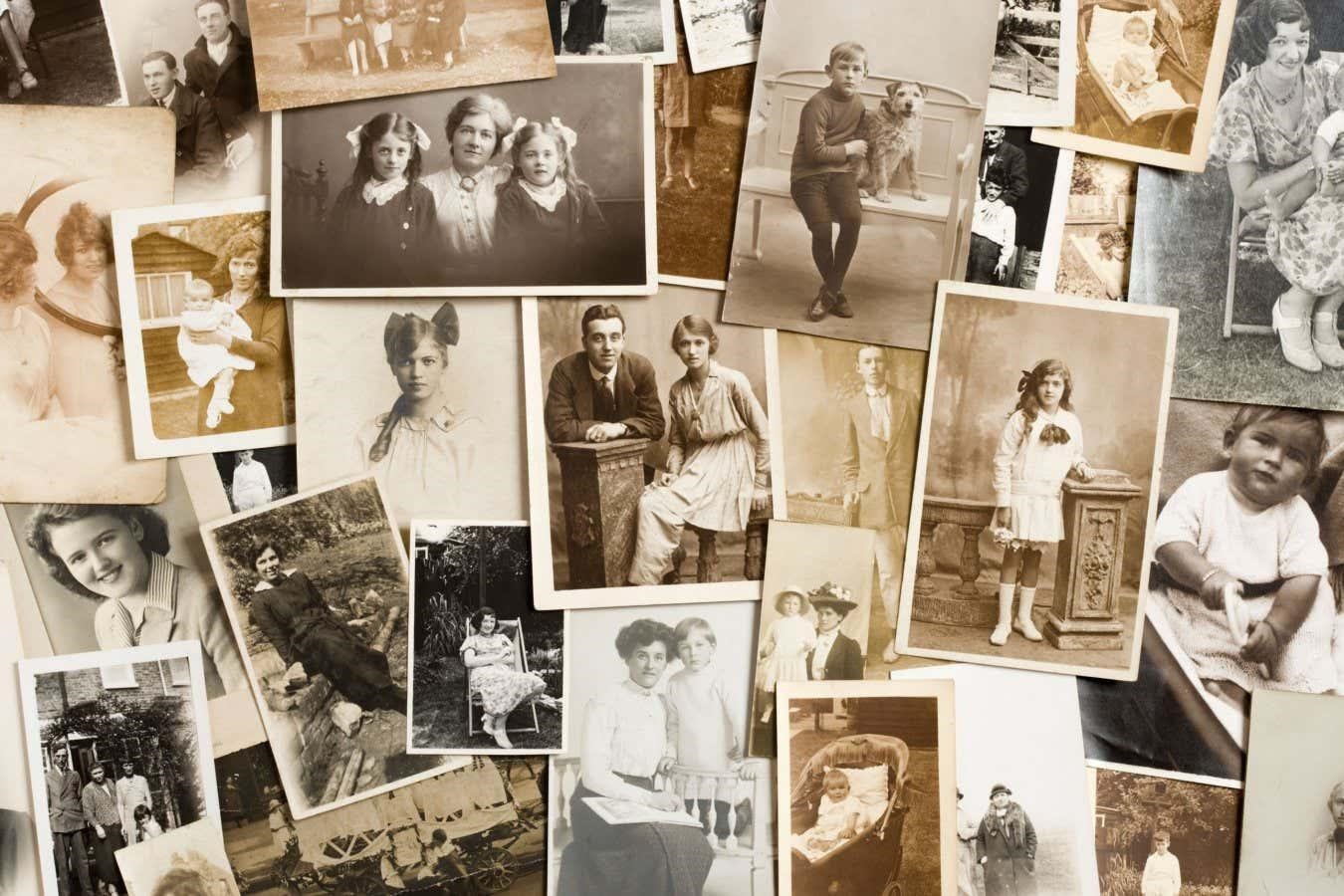After discovering that a Ralph Rowlett was in charge of the Royal Mint in 1540, Peter Rowlett runs the genealogy calculations to find out if he could be related.
In 1540, Henry VIII’s coins were made in the Tower of London. One of the Masters of the Mint was Ralph Rowlett, a goldsmith from St Albans with six children. I wondered: am I descended from Ralph? My Rowlett ancestors were Sheffield steelworkers, ever since my three-times great grandfather moved north in search of work. The trail goes cold in a line of Bedfordshire farm labourers in the 18th century, offering no evidence of a direct relationship.
My instincts as a mathematician led me to investigate this in a more mathematical way. I have two parents. They each have two parents, so I have four grandparents. So, I have eight great-grandparents, 16 great-great-grandparents and 2n ancestors n generations ago. This exponential growth doubles each generation and takes 20 generations to reach a million ancestors.
Ralph lived 20 to 25 generations before me in an England of about 2 million people. The exponential growth argument says I have several million ancestors in his generation, so, because we run out of people otherwise, he is one of them.
But this model is based on the assumption that everyone is equally likely to reproduce with anyone else. In reality, especially at certain points in history, people were likely to reproduce with someone from the same geographic area and demographic group as themselves.
But I am not sure this makes a huge difference here because we are dealing with something called a small-world network: most people are in highly clustered groups, tending to pair up with nearby people, but a small number are connected over greater distances. An illegitimate child of a nobleman would have a different social class to their father. A migrant seeking work could reproduce in a different geographic area.
We don’t need many of these more remote connections to allow a great amount of spread around the network. This is the origin of the six degrees of separation concept – that you can link two people through a surprisingly short chain of friend-of-a-friend relationships.
I ran a simulation with 15 towns of a thousand people, where everyone has only a 5 per cent chance of moving to another town to reproduce. It took about 20 generations for everyone to be descended from a specific person in the first generation. I ran the same simulation with 15,000 people living in one town, and the spread took about 18 generations. So the 15-town structure slowed the spread, but only slightly.
What does this mean for Ralph and me? There is a very good chance we are related, whether through Rowletts or another route. And if you have recent ancestors from England, there is a good chance you are too.
For more such insights, log into www.international-maths-challenge.com.
*Credit for article given to Peter Rowlett*


